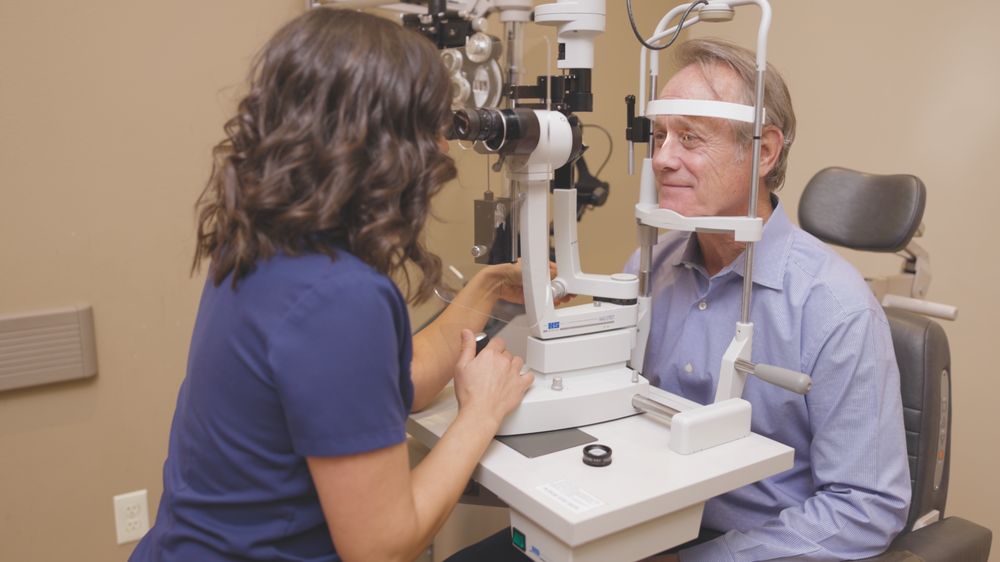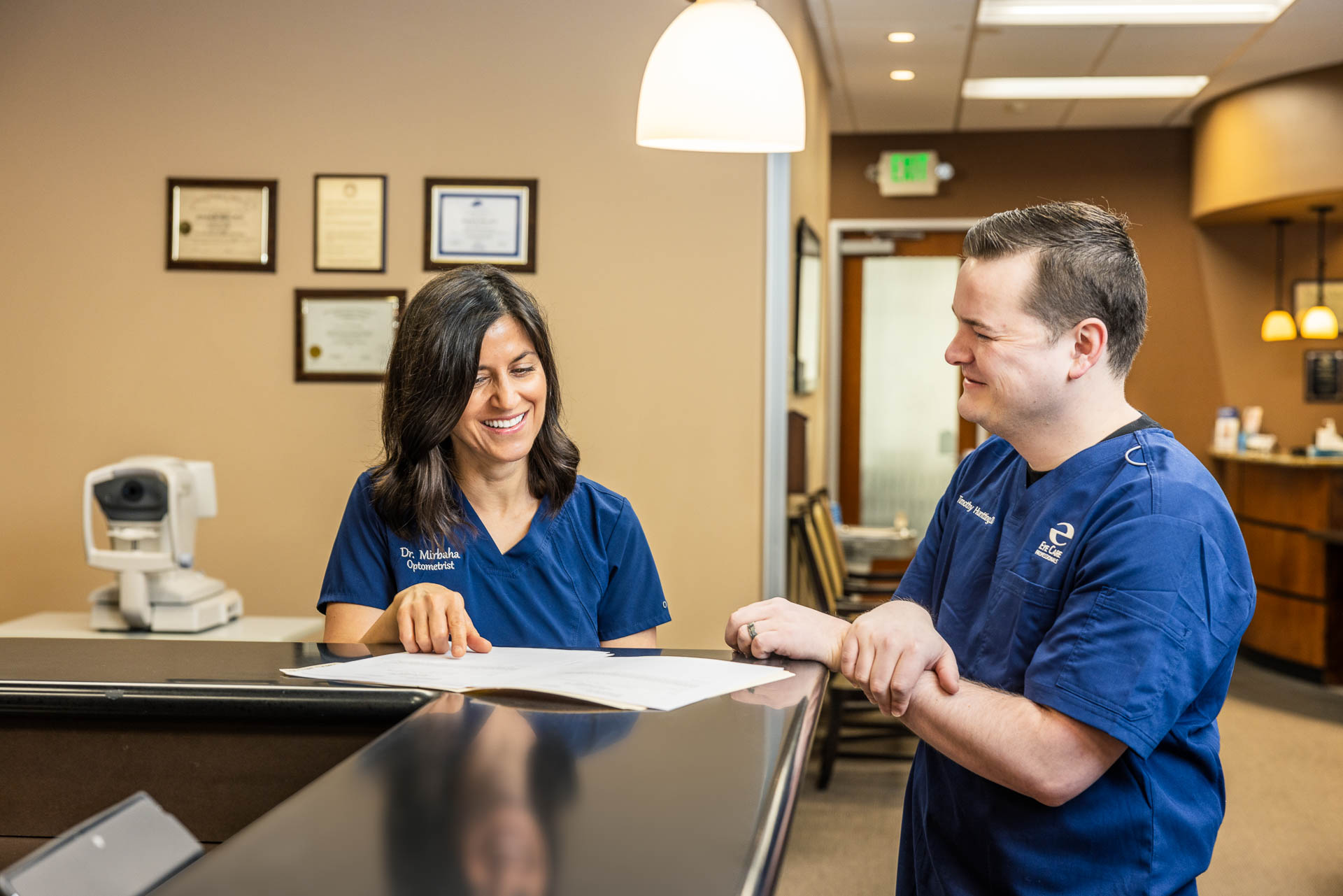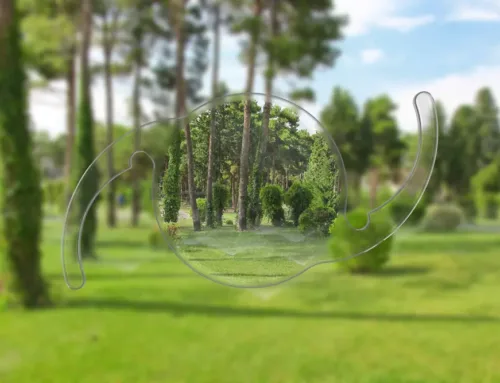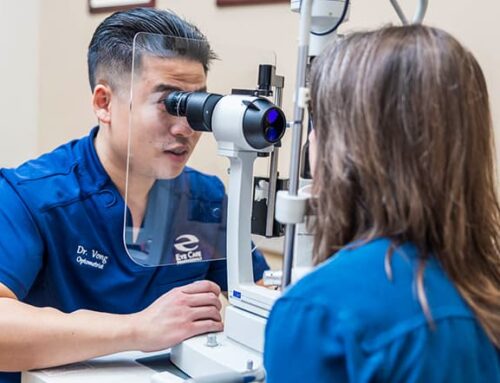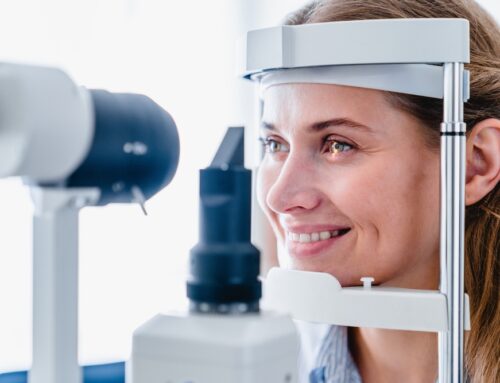Receiving a glaucoma diagnosis can be unsettling, especially if you don’t yet notice any vision changes. But you’re not alone, and there are many ways to take control of your eye health. With the right treatment plan and ongoing support, you can protect your vision and continue to live fully and confidently. This guide outlines the next steps you should consider following your diagnosis.
What Does a Glaucoma Diagnosis Mean?
Glaucoma is a group of eye diseases that damage the optic nerve, which is essential for vision. The most common cause is increased pressure inside the eye, although it can also occur with normal eye pressure. Damage often happens gradually, which is why glaucoma is known as the “silent thief of sight.” Early detection is critical, as it allows you and your eye doctor to slow or prevent further vision loss.
A glaucoma diagnosis doesn’t mean immediate vision loss, but it does signal the need for consistent management. Understanding the disease helps you prepare for the steps ahead.
Types of Glaucoma: Which One Do You Have?
There are several forms of glaucoma, but the two main categories are open-angle and closed-angle glaucoma.
- Open-angle glaucoma is the most common type. It develops slowly and painlessly as fluid builds up in the eye, increasing pressure.
- Closed-angle glaucoma occurs when the eye’s drainage angle becomes blocked. This type can develop quickly and may cause noticeable symptoms like headaches, eye pain, or blurry vision.
Other less common types include congenital glaucoma (present at birth) and secondary glaucoma, which may result from injury, inflammation, or medications. Knowing your specific type will help guide your treatment plan.
How Serious Is My Condition?
The seriousness of your glaucoma depends on how much damage has already occurred and how quickly it’s progressing. In the early stages, glaucoma may not affect your vision at all. Over time, though, it can lead to permanent peripheral vision loss if not treated properly.
Your eye doctor will assess the stage of your glaucoma using tests like visual field exams, optic nerve imaging, and eye pressure measurements. Early-stage glaucoma may require less intensive monitoring and treatment, while moderate to advanced stages could prompt more aggressive care to preserve your sight.
Exploring Treatment Options and What to Expect
The primary goal of glaucoma treatment is to reduce intraocular pressure and prevent further damage to the optic nerve. Treatment plans may include:
- Prescription eye drops: These lower eye pressure and are often the first line of defense. Some people may need to use multiple types.
- Laser therapy: A non-invasive option that improves fluid drainage. It’s a common alternative to drops or can be used in combination.
- iDose: This treatment is administered directly into the anterior chamber of the eye for intraocular pressure control with proven safety and patient comfort.
- MIGS (Surgery): For more advanced or unresponsive cases, procedures like iStent help manage pressure.
You’ll work closely with your doctor to decide which method is right for you. Remember that glaucoma care is ongoing—treatment doesn’t cure the disease but helps slow its progression.
Tracking Progress: Tests and Follow-Up Care
After your treatment plan begins, regular monitoring is essential. Follow-up care includes:
- Visual field testing to check for blind spots
- Optic nerve imaging to track changes over time
- Eye pressure measurements to ensure treatment is working
- Routine checkups to reassess your medications and side effects
Establishing a relationship with an experienced ophthalmologist or optometrist ensures that your glaucoma care remains up to date and responsive to any changes. Monitoring schedules vary but may involve visits every 3–6 months, especially in the early stages of diagnosis.
Living with Glaucoma: What’s Next for You?
While a glaucoma diagnosis may feel life-changing, many people with this condition continue to lead active, fulfilling lives. Staying consistent with treatment and follow-up appointments is the most important step you can take. Protecting your overall eye health also means:
- Wearing sunglasses to reduce UV damage
- Maintaining a healthy lifestyle (exercise, nutrition, hydration)
- Managing other conditions like diabetes or hypertension
Support groups, vision rehabilitation services, and counseling are also available if you need emotional or practical guidance. Education is empowerment—knowing what to expect gives you the confidence to manage your diagnosis head-on.
You are not defined by your diagnosis. With regular care, a strong treatment plan, and proactive lifestyle choices, you can take control of your future and your vision.




